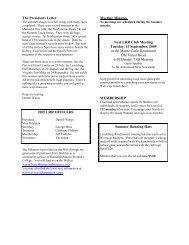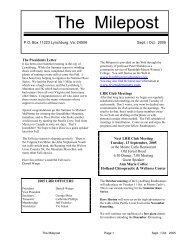Destinos: 27-52 The Main Grammar Points, and Exercises with ...
Destinos: 27-52 The Main Grammar Points, and Exercises with ...
Destinos: 27-52 The Main Grammar Points, and Exercises with ...
Create successful ePaper yourself
Turn your PDF publications into a flip-book with our unique Google optimized e-Paper software.
9<br />
comm<strong>and</strong>, the verb in the dependent clause must be in the subjunctive mood. (Emotion, doubt,<br />
denial, preference, wish <strong>and</strong> indirect comm<strong>and</strong> are subjunctive triggers.)<br />
Some examples:<br />
Emotion:<br />
Me gusta que ella vaya.<br />
No me gusta que ella vaya.<br />
Indirect comm<strong>and</strong>: M<strong>and</strong>an que vaya. (<strong>The</strong>y tell her to go.)<br />
Le dicen (a Juana) que vaya (Juana).<br />
Wish or preference: Quiero que vaya.<br />
Preferimos que vaya.<br />
Doubt or negation: No creo que vaya.<br />
No es verdad que vaya.<br />
Dudamos que vaya. (We doubt that she is going.)<br />
[But:<br />
Creo que va.<br />
No dudamos que va.<br />
Es verdad que va.<br />
<strong>The</strong>se last three noun clauses have verbs in the indicative because<br />
they express information only, or they express a certainty that is affirmative; they do not express<br />
doubt, negation, emotion, preference, indirect comm<strong>and</strong> or denial: in other words, they are not<br />
“subjunctive triggers.”]<br />
Finally, consider sentences like “Prefieren ir” (=“<strong>The</strong>y prefer to go”), or “Quiero ir” (“I want to<br />
go”): here there is no change of subject, so even though subjunctive triggers like preference <strong>and</strong><br />
desire (preferir, querer) are present, the verb form used is the infinitive (neither present<br />
subjunctive--vaya(n)--nor present indicative--van / voy, but rather ir).<br />
A Helpful Hint for working <strong>with</strong> Noun Clauses.<br />
Dependent noun clauses always function as the direct object of the sentence in which they appear.<br />
Because of this, the independent clause always comes first in the sentence, <strong>and</strong> the dependent<br />
noun clause always comes second (in Spanish it would be just as impossible to say “Que ella vaya,<br />
quiero,” as it would be to say in English “That she go, I want”).<br />
<strong>The</strong>refore, the first verb in sentences <strong>with</strong> noun clauses will almost always be in the indicative<br />
mood:<br />
1. Quiero que vaya.<br />
2. Creo que va.<br />
3. No creo que vaya.<br />
4. Esperamos que vaya.<br />
5. Pensamos que va.<br />
<strong>The</strong> second verb, the one in the dependent clause, may be in either the subjunctive (sentences 1,3<br />
<strong>and</strong> 4 above) or the indicative (sentences 2 <strong>and</strong> 5).




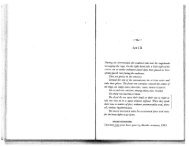
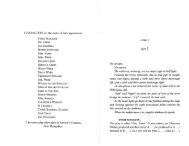
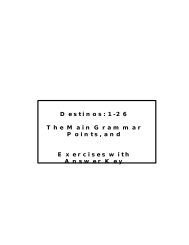
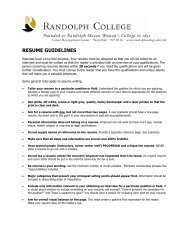
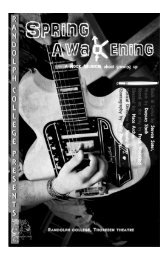
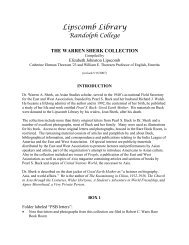
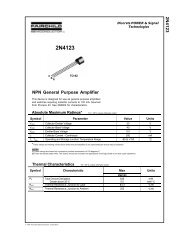

![Cast & Crew List [Program Copy pdf] - Randolph College](https://img.yumpu.com/38268916/1/190x123/cast-crew-list-program-copy-pdf-randolph-college.jpg?quality=85)

